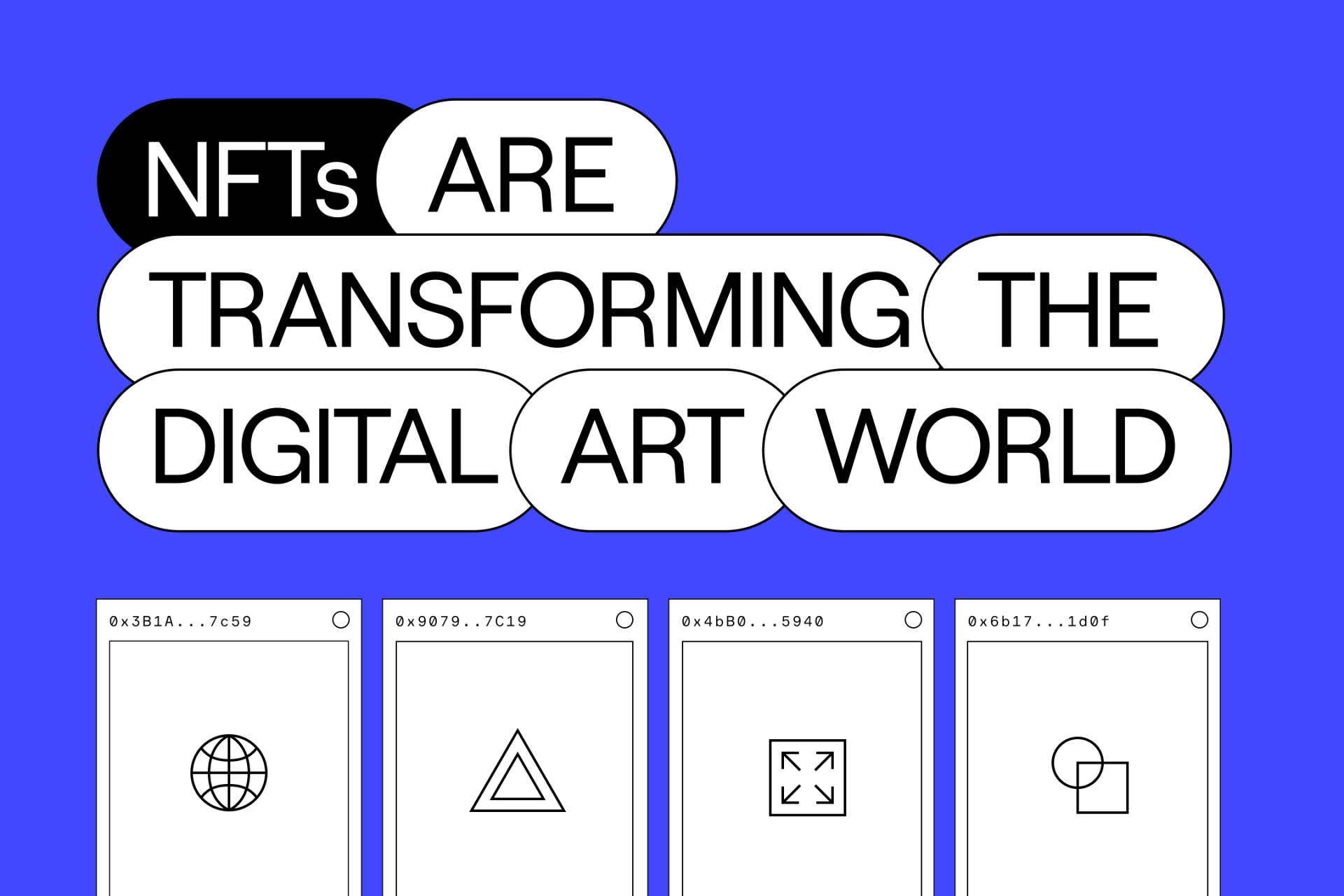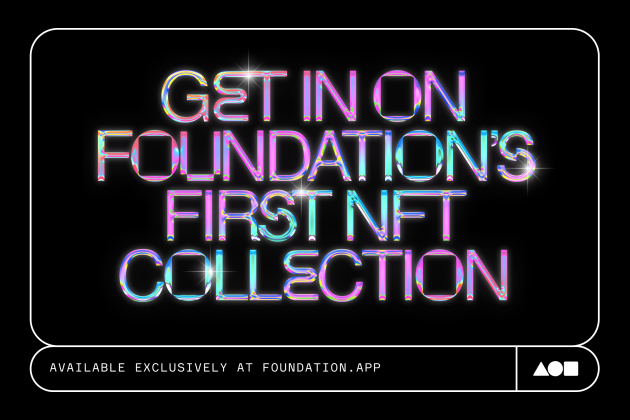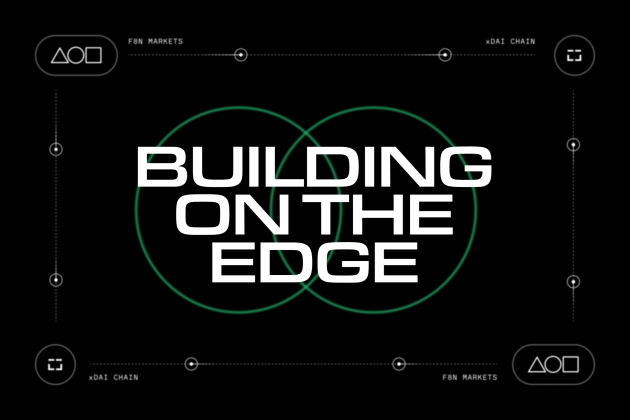NFTs are transforming the digital art world.

In 2020, it should be easier for digital artists to sell their work. Thanks to the internet, an artist can upload, share, and get thousands of likes for a digital artwork—but where can they go to cash in on that virality?
We want to live in a world where digital creators have solid options for monetizing their incredible work. That's why we're excited to be introducing NFTs on Foundation. If you’re not sure what that means, don’t worry—we’re here to guide you through the ins and outs of this powerful technology so you can get comfortable with the concept, and get in on the markets of your favorite digital artists.
What are NFTs?
NFTs, or "Non-Fungible Tokens," are one-of-a-kind tokens that represent a unique good or asset. They’ve been called “crypto collectibles” because, much like trading cards, NFTs can be bought and sold by collectors. With scarcity and demand comes value—and when you add virality into the mix, NFTs representing digital art have the potential to open up dynamic marketplaces where creators can release unique artworks, and collectors can have fun buying and trading them.
If a digital artwork is already online, how does ownership work?
The cool thing about NFTs is that they use blockchain technologies to keep track of provenance and ownership, without limiting an artwork’s ability to freely circulate in the digital realm.
While we believe that digital art accrues value the more it’s seen and appreciated, we also think that artists should be compensated for their work. With NFTs, artists are empowered to sell digital artworks as unique objects, without limiting the ability for that artwork to move through networks. So in effect, NFTs give us the best of both worlds: digital art can be sold to a collector, while still remaining accessible to everyone else.
The secondary trading of digital art using NFTs makes things even more exciting. As an artwork picks up traction and gains more admirers, the original collector can choose to resell it to another collector for a higher price. Our model is that every time an NFT is traded on Foundation, the artist makes 10% of that secondary transaction. For digital artists, this opens up a transformative secondary market that rewards them financially when their work grows in value.
Are NFTs already a thing in the digital art world?
NFTs have been around for years, and there are already many talented artists experimenting and making some pretty big waves in the space. As one example, Robert Alice's Block 21—an NFT work based on Blockchain technology—recently sold at a Christie’s auction for over $131K (more than 7x its high estimate). There’s a real appetite among collectors for digital art, and NFTs are finally making it possible to easily buy and trade unique pieces.
As another example of an artist making waves with NFTs, we’re big fans of Pak’s smooth and mesmerizing black and white animations. Pak has set an example for how artists can build an engaged community around their art and ideas, and built a viable market for their work (Pak has earned over $300K by using NFTs to sell digital artworks directly to collectors).
What’s happened so far in the NFT space is just the beginning. There is a ton of possibility for how digital artists can benefit moving forward, and Foundation is making it easy to get started.
What do you actually get when you buy an NFT?
When a collector buys an artist’s piece as an NFT, they’re buying the unique token representing the digital artwork. Ownership is then recorded in a tamper-proof way by the token. Owning the work doesn’t restrict how the work can be seen or shared; instead, it works more like an interactive trading card. With NFTs, owning digital art becomes playful—each work is something that can be distributed and traded among collectors, rising in value in the process.
On Foundation, buying a work also makes it part of your Collection.
In the art world, collectors can build a reputation as they accrue pieces that other people admire. This is true on Foundation as well. Have amazing taste? Really love one artist in particular? Your collection will prove it.
Owning an NFT gives the buyer the right to resell the piece, just like in the traditional art world. The difference is that with Foundation, the artist earns a 10% cut of every secondary sale (i.e. any time a collector re-sells their work to someone else for a higher price).
What’s the market like for NFTs right now? And what’s next?
Over the last year, crypto communities have rallied around NFTs and digital art in an unprecedented way. There’s an influx of money moving through the crypto space, and at the same time, the quality of the art available as NFTs is going up. Digital art is having its moment, and we’re seeing the proof that this medium is viable. More recently, with many galleries and exhibition spaces shut down, collectors are finally realizing how exciting the digital art world is—and getting involved.
We’re excited to see digital art collecting take off. It’s a new frontier that’s still being defined, and artists and collectors are making history as they pave the way forward. We believe an artist should always be compensated when their work’s value rises, and with NFTs, this is now the gold standard.
NFTs unlock much more than just strict financial ownership. The internet is dynamic, and NFTs are too. Artists can design experiences for those that collect their work. Entire websites and unique digital experiences can be made available to token holders. There’s really no limit to what can be done, and it’s an exciting time to push the envelope and invent new possibilities. Foundation gives creators the tools to create these new experiences by empowering them creatively and financially.
Read more

Get in on Foundation’s first NFT collection.

Building on the edge.
